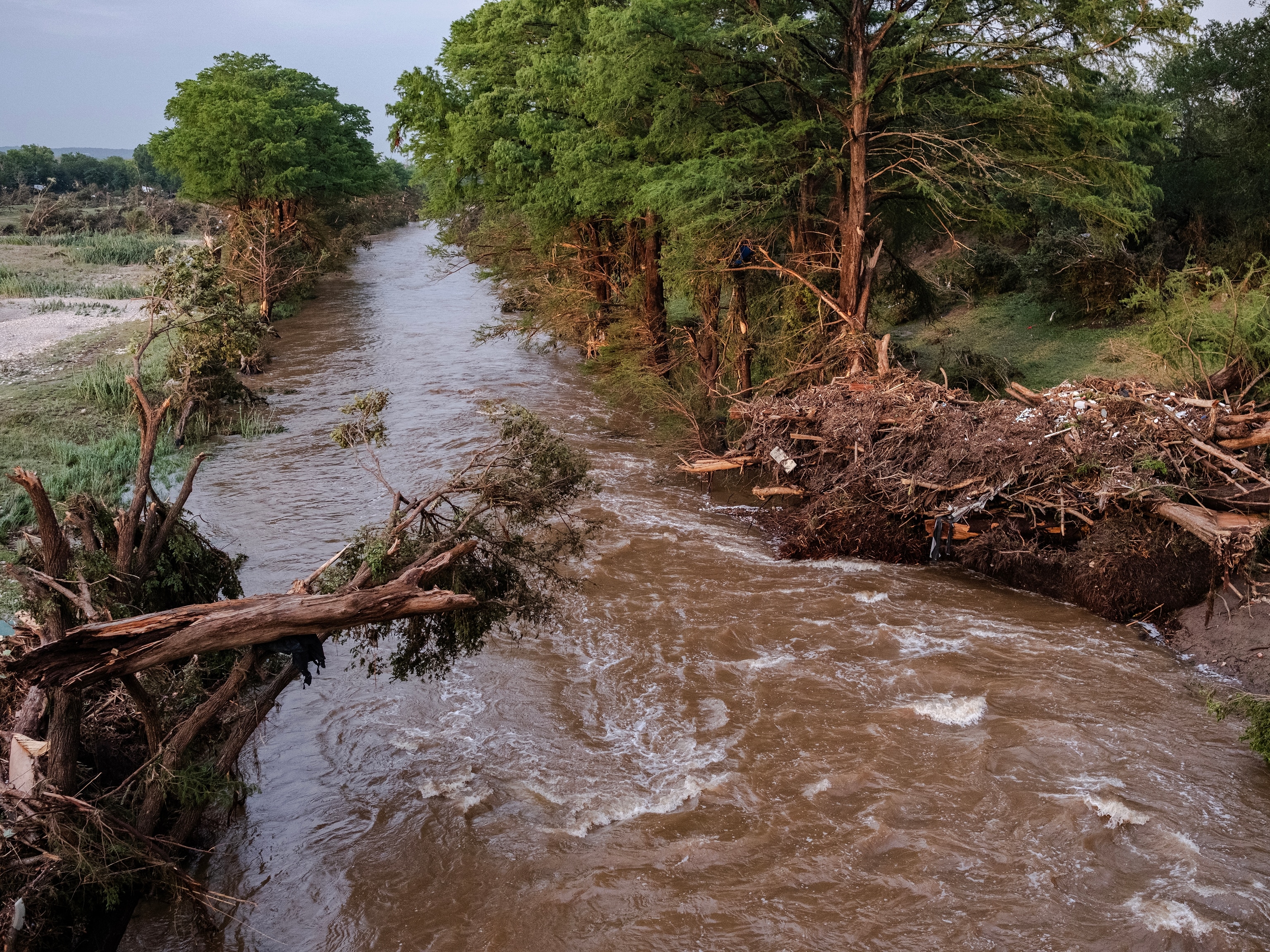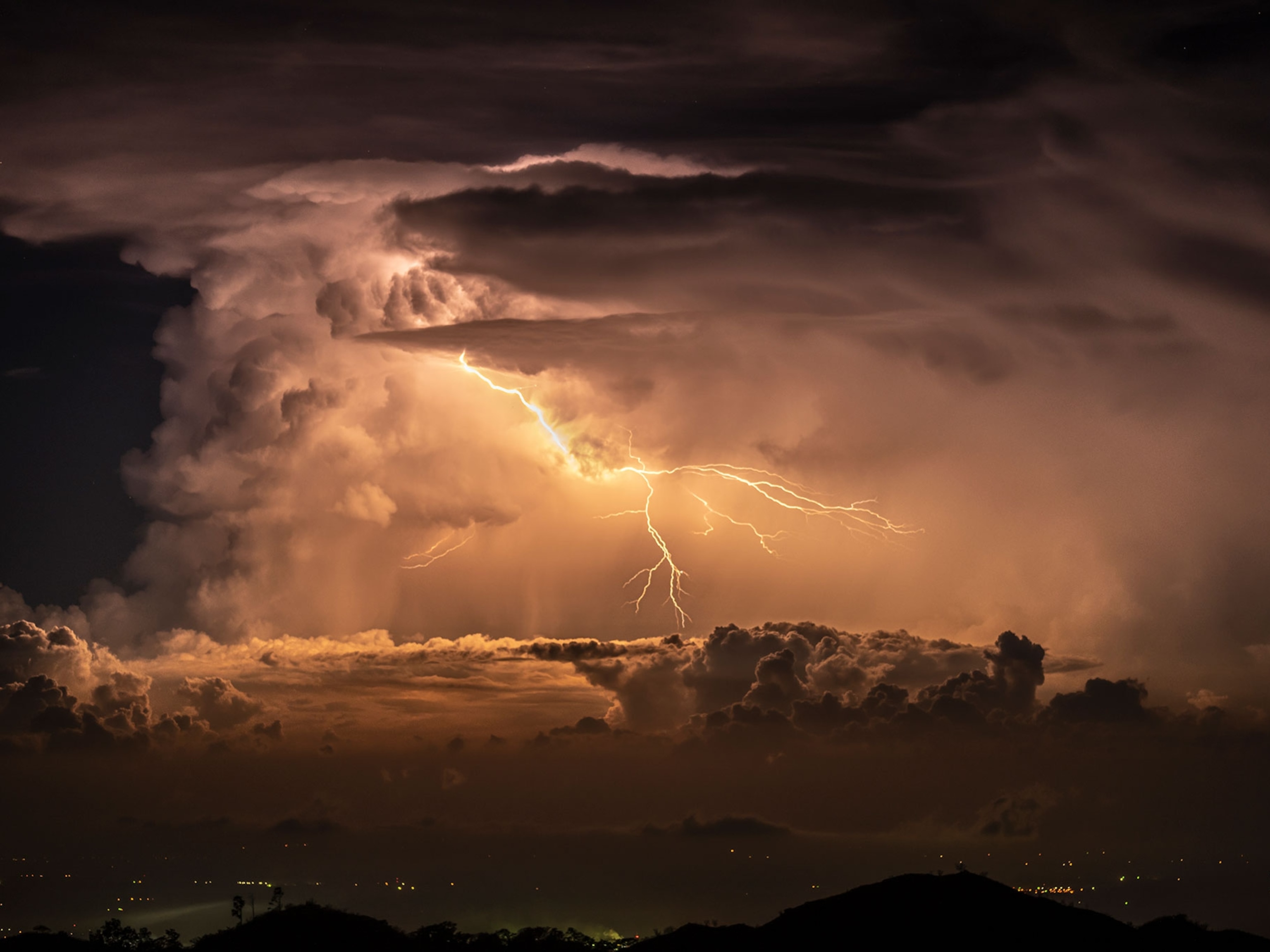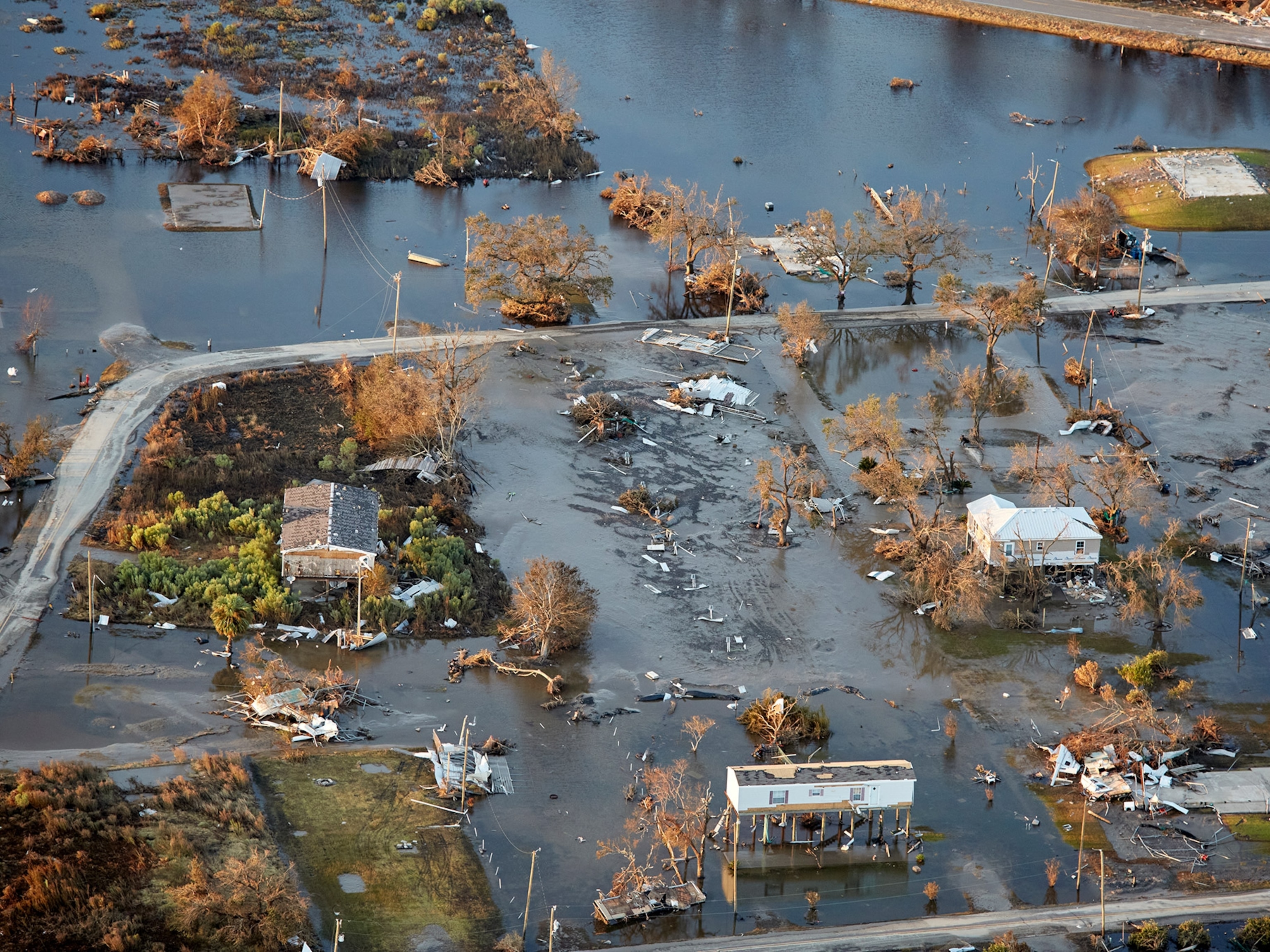
Dams Trigger Stronger Storms, Study Suggests
Dams Trigger Stronger Storms, Study Suggests
This story is part of a special series that explores the global water crisis. For more clean water news, photos, and information, visit National Geographic's Freshwater Web site.
Scientists have long suspected that the world’s dams can create their own weather, often bringing more rain. Water in reservoirs behind dams, plus the water used to irrigate nearby land puts more moisture in the air, which falls as precipitation.
Now some researchers are sounding the alarm that dams—along with their reservoirs—might also trigger more frequent fierce storms that could be the dams' undoing. That’s worrisome, especially in the United States, where dams are rapidly aging, according to some researchers.
Faisal Hossain, an engineer at Tennessee Technological University in Cookeville, has led several recent studies on 633 dams and about 100 rainfall nearby stations.
“The focus is not so much on average rainfall per se, but rather on the question of whether 25-year storm data that an engineer used to size a reservoir has now become a 15-year storm … as the dams aged,” he said. “It is the heavy rainfall that has tremendous implications on dam safety.”
Roger Pielke, Sr., a senior researcher at the University of Colorado at Boulder, pointed out that reservoirs behind large dams combine with land use changes accompanying dams—like more irrigated farmland—to induce rainfall changes.
Pielke and Hossain have contributed to a review article on the subject in the Dec. 1, 2009 issue of EOS, a publication of the American Geophysical Union.
Changes from China to Spain
The idea that dams can change weather patterns is not new. Studies observing such changes go back decades. A 2006 NASA-led study in the journal Geophysical Research Letters noted that China’s mammoth Three Gorges Dam has increased rainfall by a millimeter a month hundreds of kilometers from the reservoir, and reduced temperatures in the region by 1.26 degrees Fahrenheit (0.7 degrees Celsius).
The long-term studies by Hossain and his colleagues suggest that dams have particularly altered extreme precipitation patterns in arid or semiarid areas.
“The Southwest U.S., Botswana, South Africa, southern Spain and central India showed up on our radar as having experienced a trend in the extreme precipitation in [the period after the dam was built],” he said.
Hossain and his colleagues have detected up to 4 percent higher precipitation per year where dams have been built.
The research has been accepted for publication in two peer-reviewed journals: Natural Hazards Review and Water Resources Research.
Catastrophic Risk?
Hossain and his team said their findings bear on an aging waterworks infrastructure particularly in the United States, where 85 percent of dams will be at least 50 years of age by the year 2020.
“We are hearing stories here and there that certain dams nowadays are having more flooding problems, and having to keep the spillways and sluice gates open more than usual,” Hossain said, pointing to Folsom Dam, on California’s American River. “It remains to be seen if the dam itself either triggered or accelerated the flooding hazards.”
But the U.S. Bureau of Reclamation disagrees that 50 years is an advanced age for a dam.
“We don’t normally consider that a dam would have a life span,” said Brian Becker, chief of the Bureau of Reclamation’s Dam Safety Office in Denver. “A properly designed, constructed, and maintained dam can last centuries.”
The idea that the reservoir could significantly impact the hydrology raises “an interesting notion,” Becker said, “but there are a lot of factors that go into changing hydrology.”
For instance, global and regional climate change and natural variability can influence weather, he said. The Bureau of Reclamation studies hydrology at the sites of all its dams, he said—and modifies its dams accordingly—but has never specifically searched for links between the dams and those hydrological changes.
Becker points out that dam failures in the late 1960s and 1970s--including the famous Teton Dam failure of 1976--prompted federal guidelines for dam safety.
“I think the state of dam safety throughout the country is vastly improved over the years,” he said.





